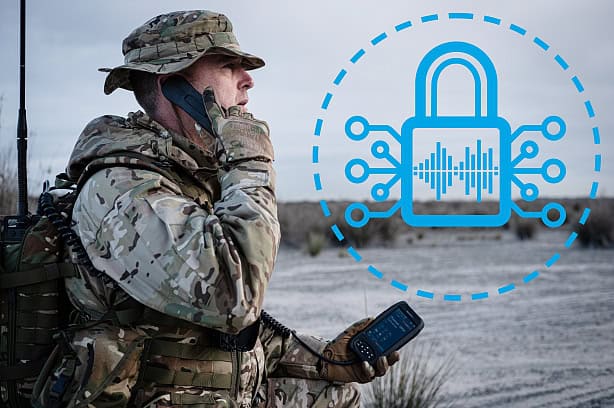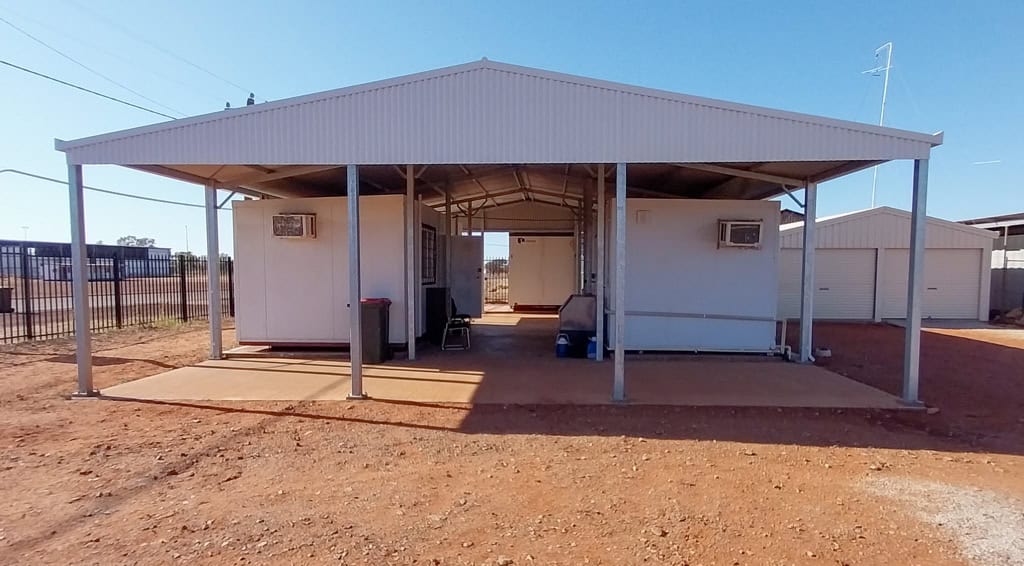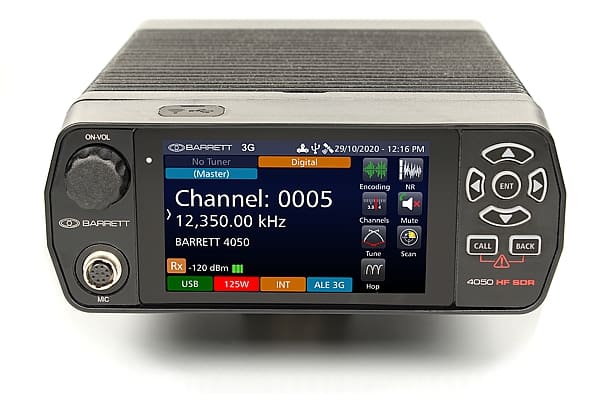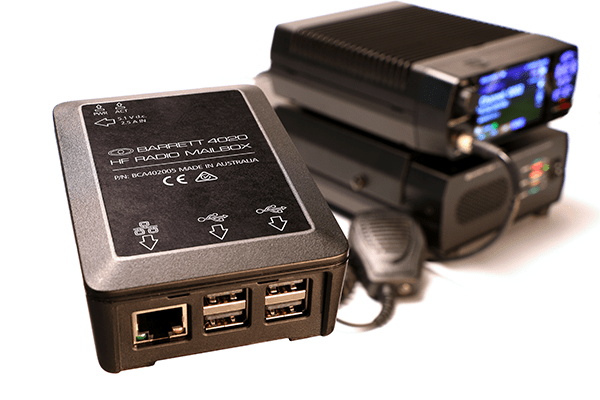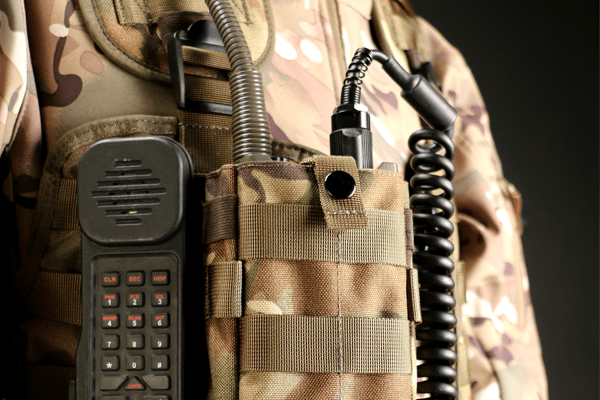5 ways HF vehicle tracking is vital to humanitarian operations
5 ways HF vehicle tracking is vital to humanitarian operations
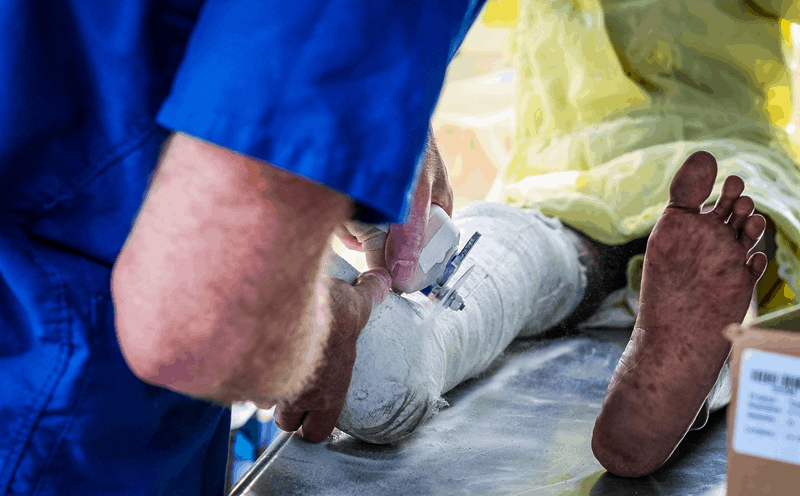
A key pillar of humanitarian operations is helping as many people as possible, be it over thousands of kilometres of land or in densely populated areas. In order to do this, humanitarian organisations need to be equipped with the most robust and reliable vehicles to traverse potentially dangerous or remote areas.
An INSEAD business report on the field management of vehicles states that transport represents a significant proportion of International Humanitarian Organisations (IHOs) budgets, with most organisations boasting fleets of over 70,000 vehicles at the cost of $1 billion. With that amount of money in the field, IHOs want to ensure that this investment is properly looked after, and that their vehicle operations can be centrally and efficiently coordinated.
HF radio is the preferred communications method for IHOs worldwide, with its reliability in remote conditions a major draw. But what if HF radio could be utilised to monitor vehicle locations as a dependable GPS system?
International humanitarian organisations boast fleets of 70,000 vehicles, at a cost of $1 billion.
Barrett’s HF Tracking Systems
An automatic vehicle locating and tracking system which utilises GPS and a HF network consisting of a central control station and mobile stations, the centralised consoles automatically polls vehicles’ locations using the International Selcall format. On receipt of the signals from vehicles, their positions are tracked on a computer map. This affords reliable central monitoring of the movements of all field vehicles. HF Tracking Systems have multiple operational benefits, including:
1. Reliable GPS location monitoring that is functional in remote areas and independent of communications networks.
2. Free and unlimited communications for humanitarian operations on tight budgets.
3. Dependable linking of vehicle distress signals directly to the central command console.
4. Recording of vehicle movements, locations and operational status for data collection.
5. Telemetry displays the HF bandwidth, speed of vehicle, estimated arrival times and other important data to assist in field decisions.
Humanitarian vehicles in the field
These benefits are both far-reaching and vital to humanitarian operations in the field. The World Food Programme asserts that they delivered over 3.5 million tonnes of food to more than 70 countries in 2016. This is a feat near impossible without reliable monitoring of the hundreds of aid vehicles in the field travelling over thousands of kilometres to deliver to those most vulnerable.
With Barrett’s HF Tracking Systems, central fleet managers can ensure that their field vehicles are monitored and drivers are provided with real-time data about routes and schedules. Managers can rest easy knowing that drivers and passengers are as safe as possible in the field, knowing their movements are recorded and any distress or dangerous conditions brought to management’s attention immediately, no matter their location.
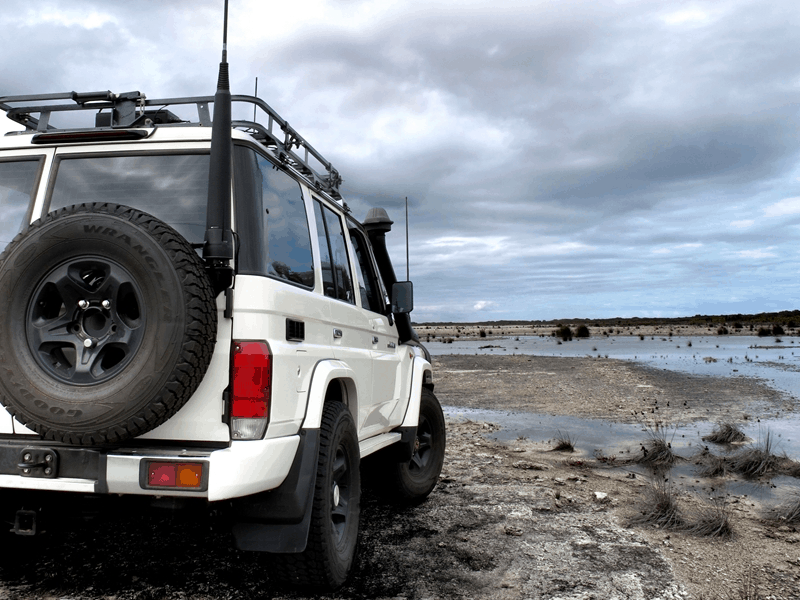
The INSEAD report discovered that one of the main areas of failure for IHOs is a lack of focused fleet vehicle management, with nearly 50 per cent of the cost of fleets not optimised with the use of reliable HF tracking systems. Improving how effectively humanitarian personnel can traverse remote locations, while safeguarding against vehicle theft with accurate geo-location tracking, is a win-win-win for everyone involved.
Keep track of Barrett’s operations
Humanitarian operations are often complex, especially on an international scale. Hundreds of personnel and thousands of dollars worth of vehicles could potentially be in the field at once – so keeping an eye on your assets is more important than ever. Finding reliable monitoring software for your vehicles not only gives you peace of mind about their location at any time, but also allows you to better coordinate field operations and ensure your humanitarian personnel are being utilised as effectively as possible.
For more information about how Barrett’s HF Tracking Systems work, or how it can used to improve your humanitarian field operations, contact our professional team today.

